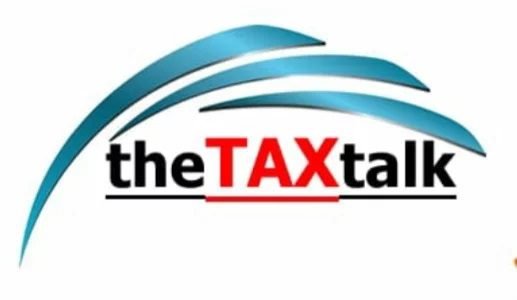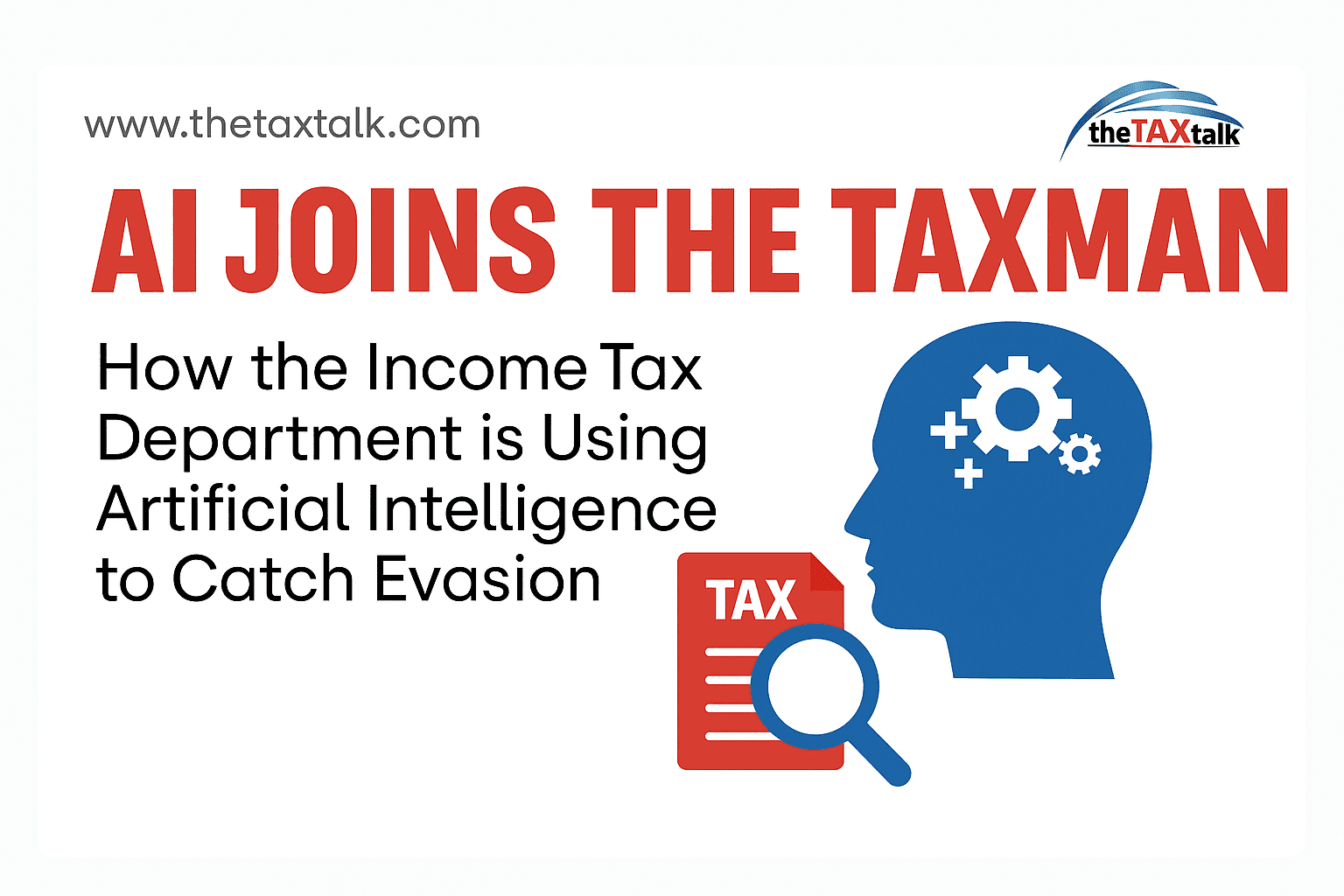![]()
AI Joins the Taxman: How the Income Tax Department is Using Artificial Intelligence to Catch Evasion
In an era where artificial intelligence is transforming everything-from grocery shopping to investment banking-India’s Income Tax Department is not far behind. The Central Board of Direct Taxes (CBDT) is ushering in a new age of tax enforcement by deploying advanced AI tools and big data analytics to widen the tax net, reduce evasion, and improve transparency. With the impending rollout of the New Income Tax Bill, this technological leap marks a significant shift in the way taxes are tracked, verified, and enforced.
AI: The New Watchdog of the Tax World
CBDT Chairman Ravi Agrawal recently confirmed that AI will play a central role in transforming income tax operations-moving from traditional manual scrutiny to a real-time, pattern-based compliance system. Here’s how:
1. Intelligent Systems Already at Work
INSIGHT
This is the department’s AI-powered engine that combines machine learning with big data analytics. It analyzes a taxpayer’s digital footprints-be it lavish Instagram travel posts, high-value credit card swipes, or trading volumes-to detect discrepancies in declared income.
NUDGE
A psychological strategy borrowed from behavioral economics, NUDGE uses gentle reminders-via SMS and emails-to prompt taxpayers to correct their returns voluntarily. This method aims to increase compliance without confrontation.
AIS 2.0
The Annual Information Statement (AIS) has undergone a tech upgrade. It now updates quarterly and covers a wider net, including:
• Cryptocurrency and Virtual Digital Asset (VDA) transactions
• Rental income from online portals
• Education loan EMIs
• LRS (Liberalised Remittance Scheme) remittances
CMCPC
The Compliance Management Centralized Processing Centre processes taxpayer responses to e-campaigns and AI-triggered alerts under the INSIGHT system. It serves as the AI’s customer support desk—responding to every red flag with a human interface.
2. Taxpayer Risk Profiling: No One-size-fits-all
AI models generate a personalized risk score for every taxpayer by analyzing:
• PAN-wise filing history
• Inconsistencies between AIS and ITR
• Behavioral patterns (like luxury purchases with low declared income)
The goal is to shift from random scrutiny to focused, data-driven investigation.
3. Real-Time Mismatch Detection
Gone are the days of post-mortem assessments. AI now flags mismatches in real-time by cross-verifying:
• ITR vs. AIS/TIS
• Income Tax vs. GST filings
• MCA (ROC) records vs. personal/business income
If something doesn’t match, an e-verification notice is auto-triggered—no human intervention needed.
4. Predictive Audit Selection: A Smarter Scrutiny
Remember the traditional “audit lottery”? That’s history.
The system now studies:
• Historical audit results
• Patterns like sudden dips in income or frequent refund claims
• Recurrent high-risk behaviors across financial years
Machine learning then refines and updates its criteria, ensuring that audits target only those who actually warrant a closer look.
5. Watching Your Digital Life
The draft of the 2025 Income Tax Bill opens the doors for limited but significant surveillance of your online persona.
AI engines can legally:
• Analyze your public posts, reviews, and YouTube ads
• Estimate real income based on lifestyle
• Match social media visibility with tax declarations
That influencer flaunting Rolexes and Dubai vacations might soon get a friendly nudge-or worse-from the department.
6. Data Fusion: All Roads Lead to AI
AI doesn’t just rely on tax filings-it draws from a constellation of sources:
• GSTN for indirect tax data
• CBIC for customs data
• SEBI for capital market transactions
• MCA for company financials
• RERA and Transport Departments for luxury asset ownership
• Banks/NBFCs for EMIs, loans, and cash movements
• FIU-IND for suspicious financial transactions
It’s like fitting together pieces of a giant puzzle-and if your piece doesn’t align, you may stand out in the worst way.
Conclusion: Adapt or Be Audited
The age of AI in tax is not just coming-it’s here. With unprecedented access to data, razor-sharp analytics, and the ability to detect evasion in real-time, the Income Tax Department is no longer just asking what you earned-it already has a pretty good idea.
Taxpayers-be they salaried professionals, businessmen, social media influencers, or traders-must treat compliance as a full-time discipline, not a seasonal headache. The message is loud and clear: if your returns don’t reflect your reality, AI will know-and soon, so will the taxman.
Welcome to Tax 2.0: Smart, Seamless, and Scrupulous.


